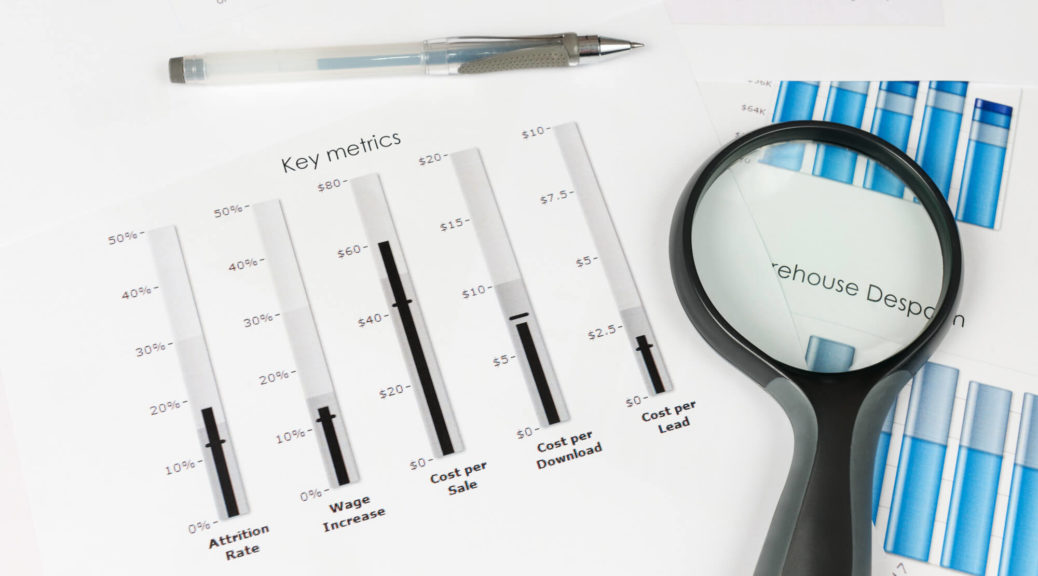When a portfolio company is underperforming, it’s hardly surprising that investors are frustrated and management is stymied (or perhaps stagnant.) Our goal is to bring a fresh perspective to the company and provide analyses that provide actionable data. When we perform an operational diligence, certain indicators highlight opportunities to improve a company’s position in the market and its financial performance. While we have a multitude of targeted indicators we use to address the various aspects of a company’s operations, here are three that cut right to the chase.
Inventory Turns
Does your company turn inventory at rates that are consistent with the top performers in your industry? Since “good” inventory turn levels vary by industry, comparing your company to its competitors provides a good benchmark. It’s also important to review turns based on their ABC classification and margins generated. From these vantage points, you can examine where your current production schedule results in inventory that gathers dust and ties up capital.
Order Fulfillment
Are your service levels competitive, or are they holding you back? Examples of meaningful pain include growing past due backlogs, late deliveries, quality exceptions, and customer complaints. Rising costs, growing inventory, and stretched lead times may all contribute to the problem, as can excessive employee turnover. If you have any of these issues, it’s time to do some digging. You may have process problems that contribute to employee frustration. You might also be suffering from a lack of insight into customer needs. Thorough forecasting is a necessity. Without it, you’re left scrambling to catch up. If you’re constantly employing day-to-day tactics instead of a long-term strategy, customers are bound to notice.
Metrics
Does your company maintain a closed-loop metric system? If so, do they post visible metrics? If you can’t measure something, it doesn’t exist. This may seem like a strong statement, but it is hard to overestimate the impact of measuring performance, conducting root-cause analysis, and implementing corrective actions. Companies that do this show continuous improvement. Companies that don’t go backwards; no one stays stagnant – you either get better or you get worse.
We often see a 10-15% improvement in performance when we start effectively measuring it, for one simple reason: leadership that doesn’t use metrics is running on gut instinct. While many of us discuss “good instincts” in an admiring fashion, our judgement is most finely honed when we’re well-informed. Management without metrics is largely theoretical.
Pain Points As Opportunity
At the end of the day, if a company turns inventory and fulfills orders at the top end of their industry, they are likely tapping the potential of their company well. And if they have a problem-solving culture, they’ll continue to achieve. If any of these three components are missing or in disarray, then we know there is opportunity to improve the competitive position of the company and its financial performance.
If you’re ready to turn pain into profit, reach out to Tim Van Mieghem to explore whether an operational diligence is the right investment for you.
Timothy Van Mieghem
tvm@proactiongroup.com
The ProAction Group, LLC
445 North Wells Street , Suite 404
Chicago, IL 60654
Tel: (312) 371-8323
www.proactiongroup.com
The Competition is Fierce. Change the Rules. ™
